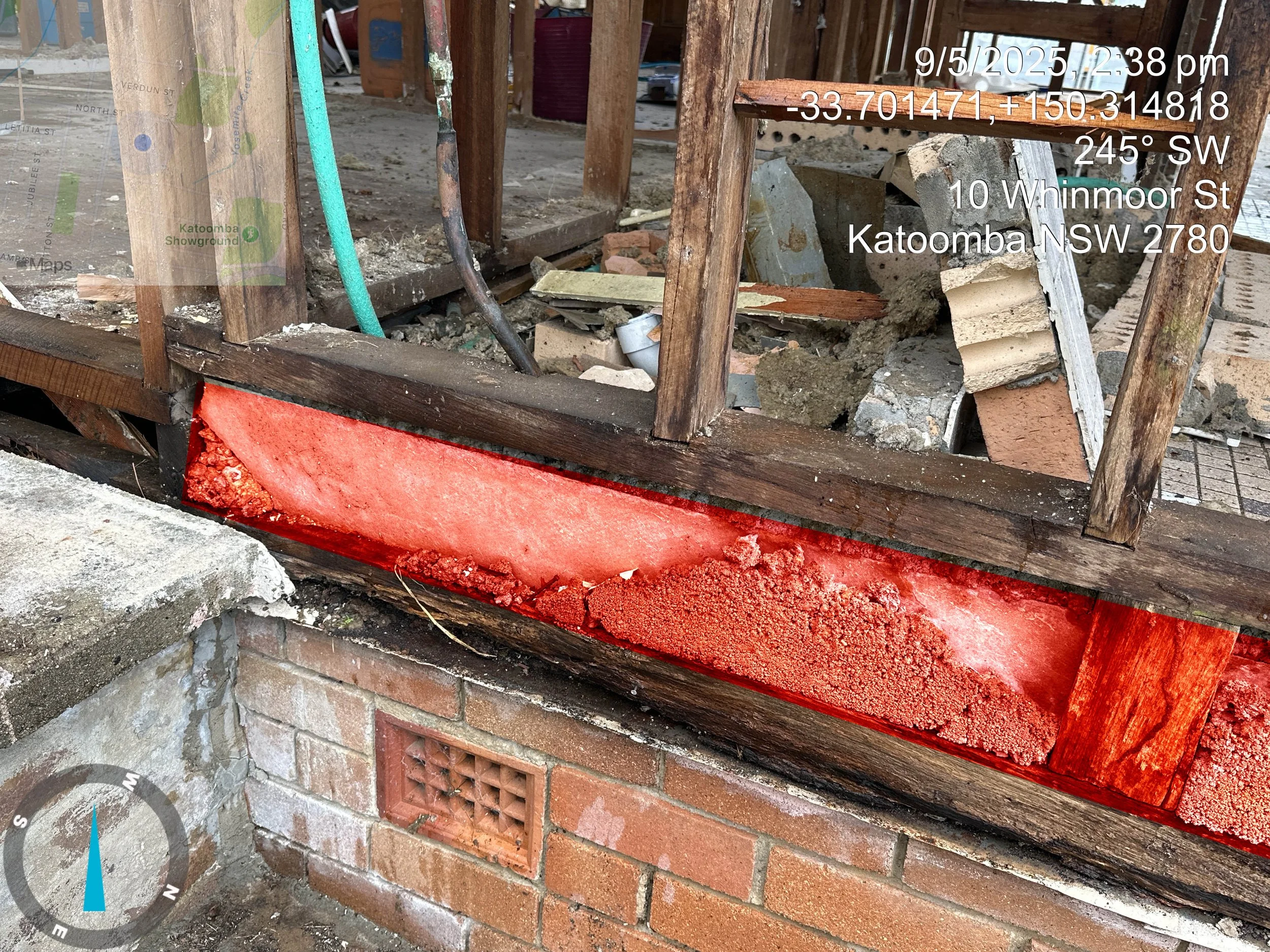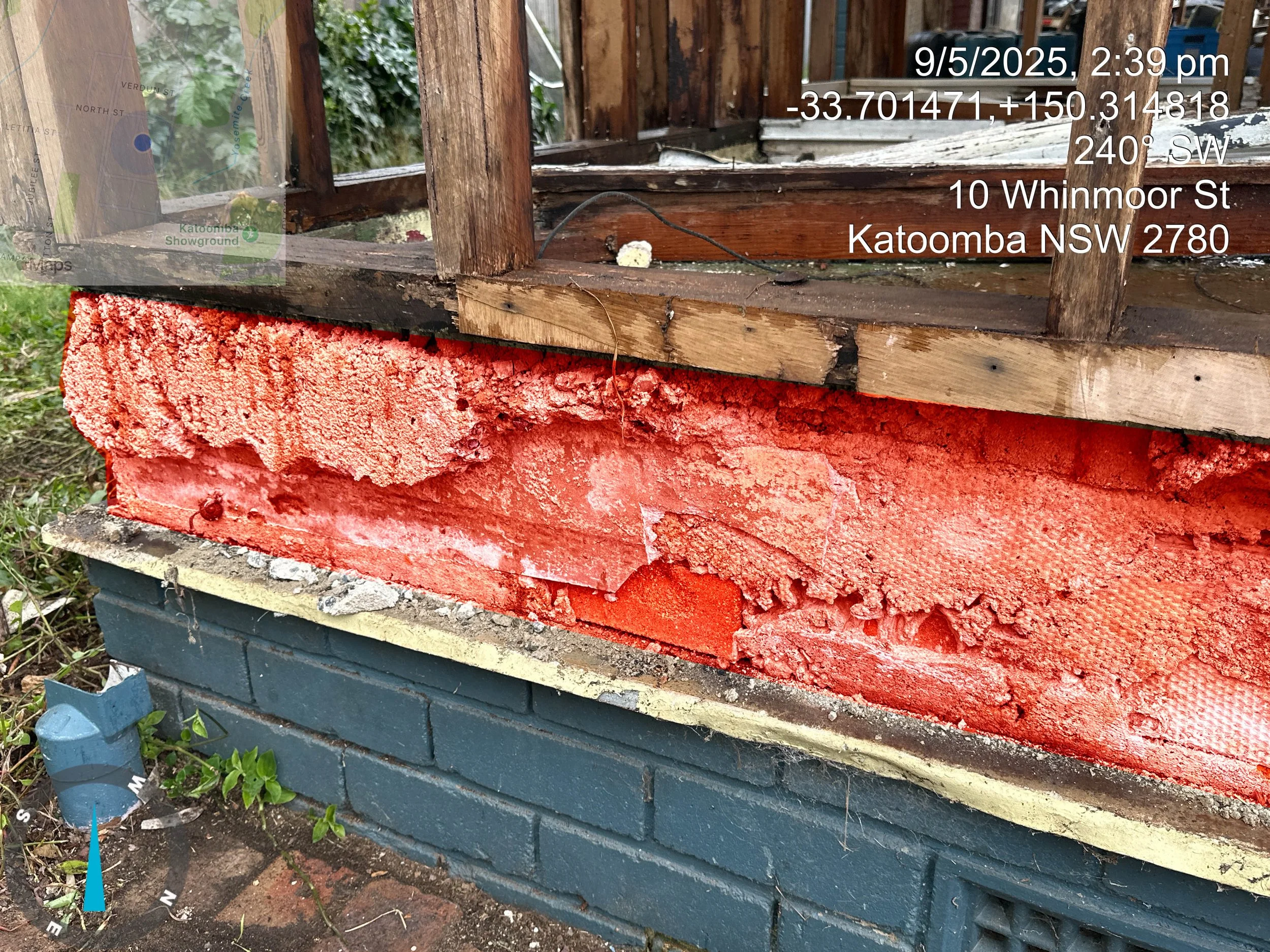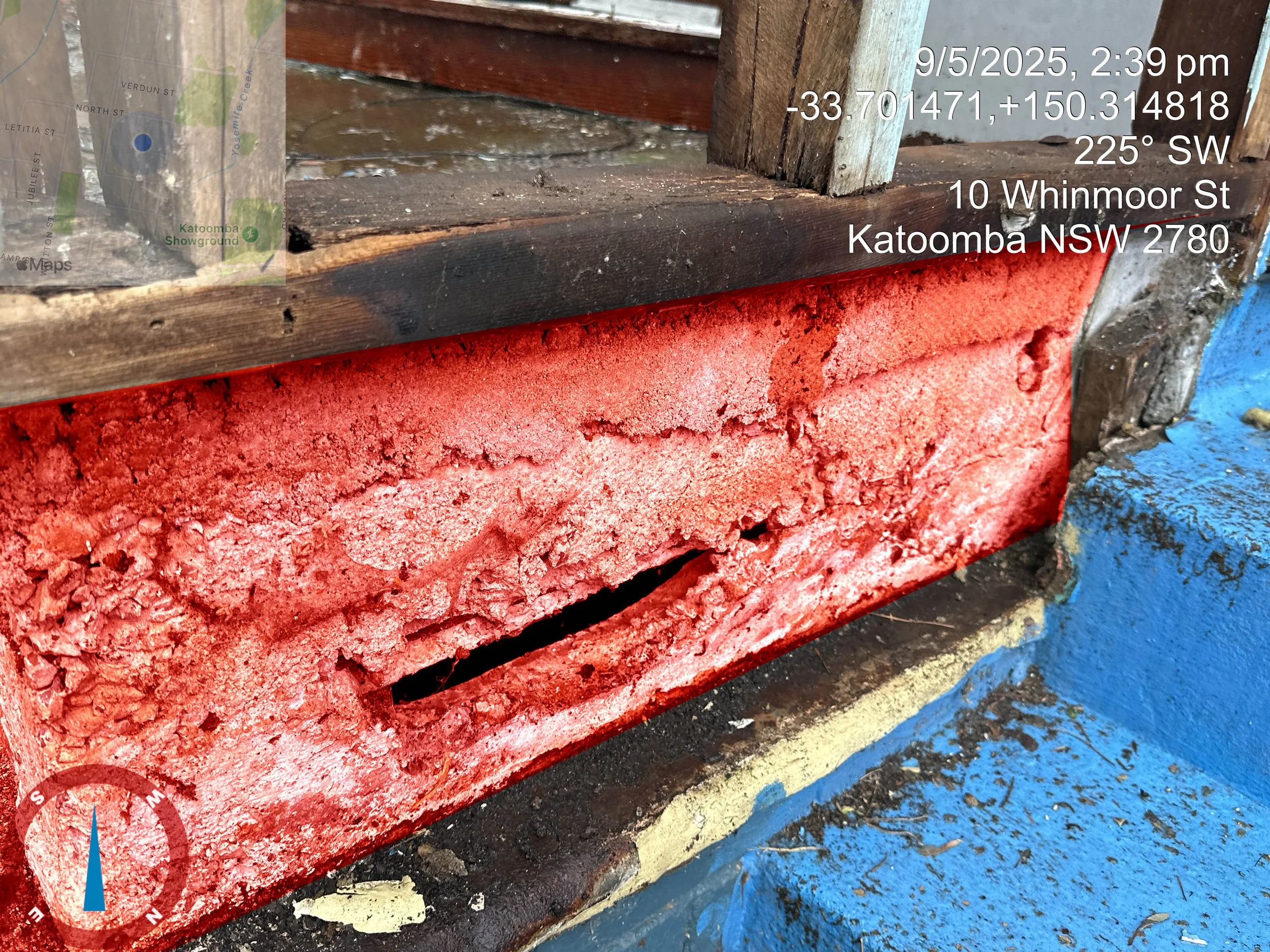Beware What’s Beneath: Asbestos Cement Sheeting Used as Formwork in Concrete Slabs
For many Aussie homeowners, tradies, and renovators, working with concrete slabs might seem straightforward—until it’s not. One hidden but serious hazard in older properties is asbestos cement sheeting used as formwork during the original concrete pour.
A Hidden Legacy
Back in the day, asbestos cement sheeting was cheap and widely used. Builders often used it as formwork—the mould that shapes and supports wet concrete as it sets. Unlike today’s safer options like steel, plywood, or modern fibre cement, asbestos cement left behind a health risk that we’re only now fully understanding.
Why Is It So Problematic?
Once asbestos is embedded in concrete, it becomes extremely hard to detect—and even harder to remove. What’s worse, there’s no way to guarantee asbestos isn’t present throughout the slab. What looks like ordinary concrete could be hiding asbestos underneath, around the edges, or even within the mix.
If asbestos is suspected, treat the slab as asbestos waste. That means engaging licenced professionals, following safety protocols, and ensuring it’s disposed of at an approved facility.
A Word of Caution for Renovators and DIYers
Asbestos is especially risky for DIYers and renovators. Grabbing a jackhammer or concrete saw without knowing what’s beneath the surface could release dangerous asbestos fibres into the air. Once airborne, these fibres pose serious long-term health risks if inhaled.
Play It Safe
If you're planning any work on concrete slabs—particularly in buildings constructed before the 1990s—get it professionally inspected first. A licenced asbestos assessor can identify potential risks and recommend the safest course of action. With asbestos, it's always best to assume it’s present until proven otherwise.
For many Aussie homeowners, tradies, and renovators, working with concrete slabs might seem straightforward—until it’s not. One hidden but serious hazard in older properties is asbestos cement sheeting used as formwork during the original concrete pour.




